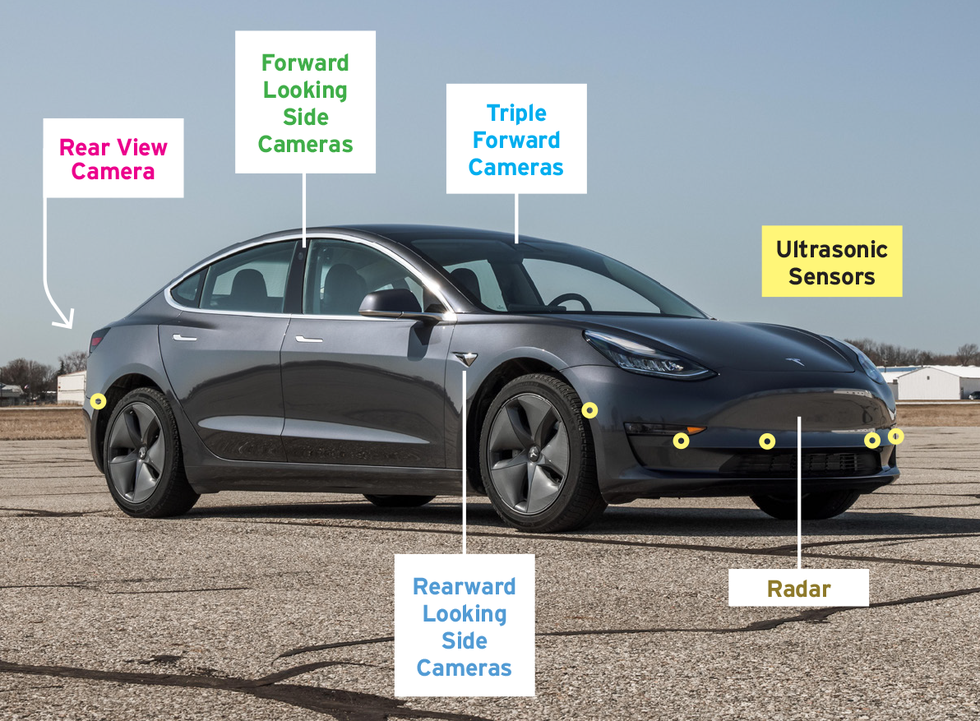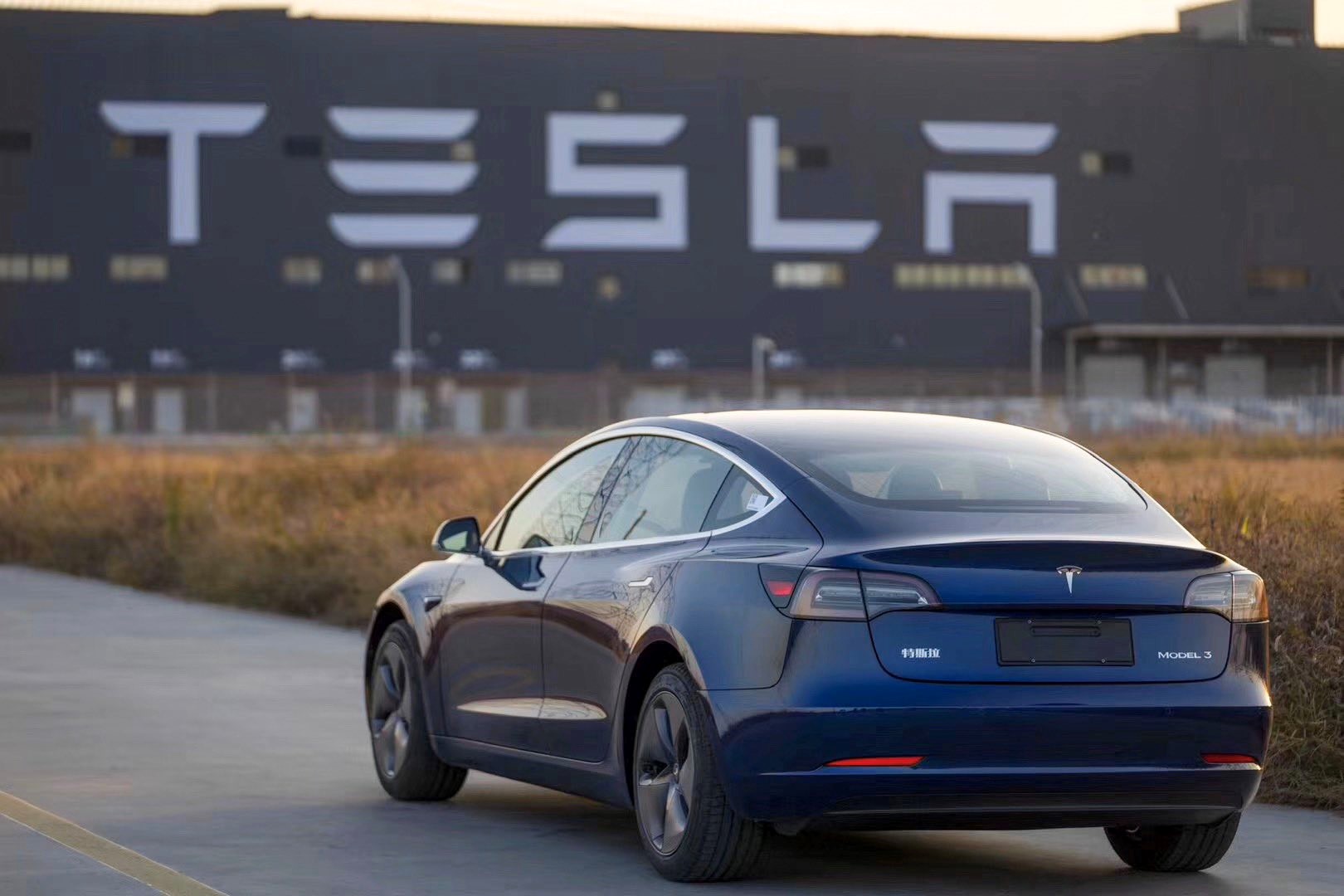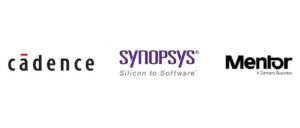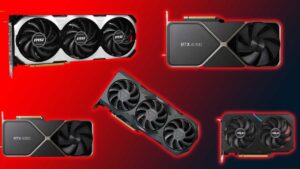Introduction:
The race towards achieving fully autonomous driving capabilities has been marked by intense competition, technological advancements, and strategic pivots. Within this landscape, Tesla stands out not only for its ambitious goals but also for its formidable moat in self-driving technology.
In this detailed blog post, we delve into Tesla’s unique advantage, focusing on the critical role of data and how it shapes the company’s position in the self-driving arena.
Follow us on Linkedin for everything around Semiconductors & AI
The Importance of Data: Tesla’s Moat in Self-Driving
At the heart of self-driving technology lies data—specifically, the type, accessibility, and volume of data.
While many companies have invested heavily in developing autonomous driving systems, Tesla’s approach to data collection sets it apart from the competition.

Tesla equips its vehicles with a comprehensive suite of sensors, including nine high-resolution cameras, to gather a wealth of crucial data for training and refining self-driving algorithms.
Tesla claims a significant advantage in self-driving technology due to the vast amount of real-world data collected by its vehicles. This data is considered a potential moat, or a sustainable competitive advantage, for several reasons:
Quantity: Tesla boasts over 9 billion miles driven with Autopilot engaged. This massive dataset provides a wealth of information on various driving scenarios, weather conditions, and road complexities.
Real-world: Unlike simulated data, Tesla gathers information from actual driving situations. This allows its AI to learn from the nuances of human behavior and unexpected events on the road.
Continuous learning: With every additional mile driven, Tesla’s system acquires more data, enabling continuous improvement and refinement of its self-driving algorithms.
Read More: 7.2 Magnitude Earthquake Hits Taiwan: TSMC and UMC Affected – techovedas
Why Tesla is Different from Other Companies?
Tesla’s emphasis on high-resolution camera data is significant. While other companies may rely on a combination of sensors such as LiDAR and radar, Tesla’s camera-centric approach offers several advantages.
There are two main reasons why Tesla relies heavily on cameras for self-driving technology, while other manufacturers use a combination of sensors including LiDAR and radar:
1. Elon Musk’s Vision (and stubbornness):
- Belief in Cameras: Elon Musk, Tesla’s CEO, is a strong believer in the power of cameras and computer vision. He believes that cameras, coupled with powerful AI, can provide all the information needed for self-driving cars .
- Simplicity and Cost: Cameras are cheaper than LiDAR and radar sensors. This aligns with Tesla’s goal of mass-producing affordable self-driving cars.
2. Challenges with other sensors:
- LiDAR Limitations: While LiDAR excels in poor weather and precise object detection, it’s expensive and bulky. Additionally, its data isn’t inherently easy for AI to understand.
- Radar’s Shortcomings: Radar is good at long-range detection but lacks detail. It might struggle to differentiate between a car and a motorcycle.
Here’s a point to consider:
- Debate and Development: Tesla’s approach is controversial. Many experts believe a combination of sensors is necessary for robust self-driving. However, Tesla is continuously improving its camera technology and AI algorithms.
So, it’s a battle of philosophies. Tesla is betting on advancements in camera and computer vision, while others are hedging their bets with a multi-sensor approach. Only time will tell which approach proves more successful.

Advantage of Tesla’s Camera First approach
Tesla’s camera-first approach to self-driving cars has some distinct advantages, especially when compared to systems that rely on a mix of sensors like LiDAR and radar. Here’s a breakdown of why high-resolution camera data is a key part of Tesla’s strategy:
Rich Visual Information: Cameras capture the world in a similar way that humans see it. This allows Tesla’s AI to process details like lane markings, traffic signs, and pedestrian movements in a more natural way. Imagine being able to read a stop sign versus just getting a blip on a radar saying there’s an object ahead. Cameras provide a more nuanced understanding of the environment.
Detailed Perception: High-resolution cameras can capture fine details that other sensors might miss. This is crucial for tasks like identifying objects at a distance, differentiating between types of vehicles (car vs. motorcycle), and even recognizing hand signals from cyclists. The more detail the AI has, the better it can understand the scene and react accordingly.
Potential Cost-Effectiveness: Compared to LiDAR sensors, cameras are a relatively cheaper technology. This can be a significant advantage for Tesla, especially when considering mass production of self-driving cars. If they can achieve similar or better results with cameras alone, it brings down the overall cost of the vehicle.
This visual data is essential for training neural networks, enabling Tesla’s self-driving systems to make accurate and informed decisions on the road.
Read More: Want to Make a Career in VLSI: Master these 5 Engineering Subjects – techovedas
Accessibility of Data:
Accessing and harnessing data effectively is another key aspect of Tesla’s moat. While many vehicles have sensors, not all companies have the infrastructure in place to efficiently collect and utilize data.
Additionally, Tesla’s integrated ecosystem ensures seamless data collection and storage, allowing for real-time analysis and continuous improvement of its self-driving algorithms.
In contrast, third-party providers face challenges in accessing and utilizing data from disparate sources, hindering their ability to develop competitive autonomous driving solutions.
Read More: Five Talks by Morris Chang Charting the Journey of TSMC
Volume and Quality of Data:
Tesla’s vast fleet of vehicles generates an unprecedented volume of data, providing a rich and diverse dataset for training its self-driving systems.
Furthermore, Tesla’s focus on high-quality data ensures that its algorithms are trained on accurate and reliable information, leading to more robust performance on the road.
In comparison, competitors such as Waymo, despite their early entry into the self-driving space, struggle with limited fleet size and data volume, hampering their progress towards achieving fully autonomous driving capabilities.
Tesla’s Widening Moat:
As the industry gravitates towards end-to-end approaches to self-driving, Tesla’s moat continues to widen.
The company’s comprehensive data advantage, coupled with its integrated ecosystem and relentless focus on innovation, positions it as a leader in autonomous driving technology.
This data advantage translates to potential benefits:
- Improved performance: A larger, more diverse dataset can lead to a more robust AI model capable of handling a wider range of driving situations.
- Faster development: With more data readily available, Tesla might be able to iterate and improve its self-driving system quicker than competitors.
While competitors may excel in certain aspects of chip design or algorithm development, Tesla’s holistic approach to self-driving sets it apart, making it increasingly challenging for others to catch up.
Read More: How Chaotic Were the First Six Months of NVIDIA Ft. Jensen Huang, CEO
Conclusion:
In the dynamic landscape of self-driving technology, Tesla’s moat remains firmly entrenched, driven by its unparalleled data advantage.
By prioritizing the right type of data, ensuring accessibility, and harnessing the power of vast data volume, Tesla continues to push the boundaries of autonomous driving.
As the industry evolves, Tesla’s leadership in self-driving technology is poised to endure, solidifying its position as a dominant force in the future of transportation.



